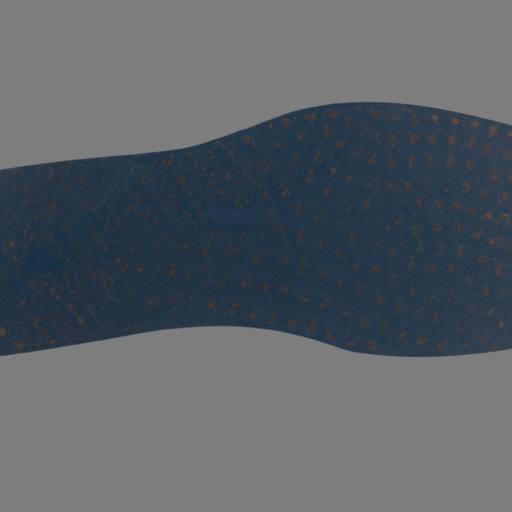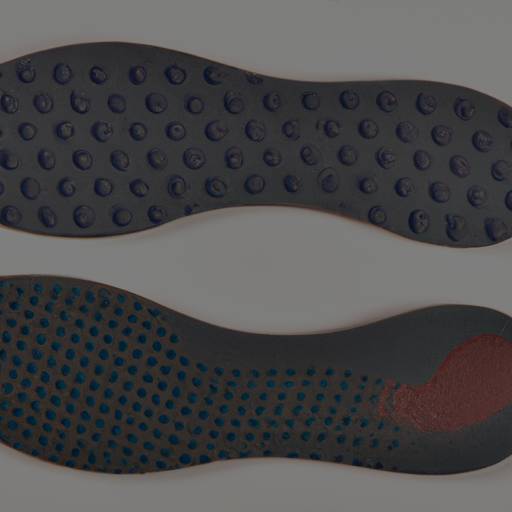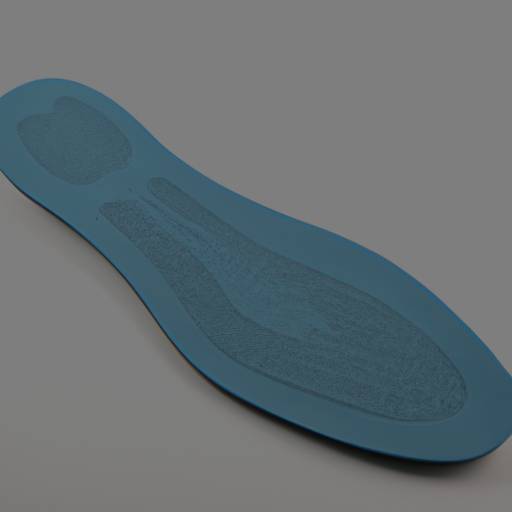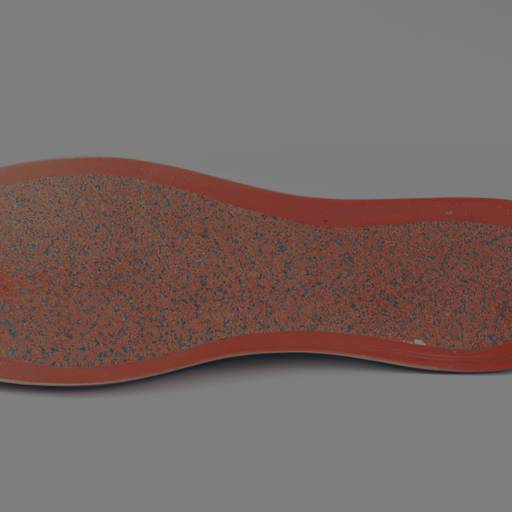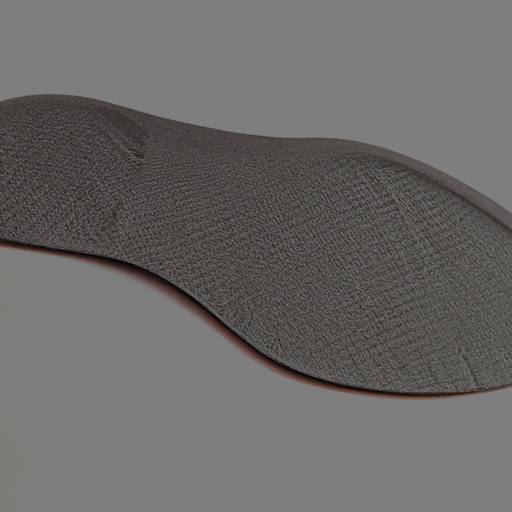How Many Hours a Day Should You Wear Orthotics for Better Arch Support?
Understanding Orthotics and Arch Support
When it comes to foot health and comfort, understanding orthotics and their role in providing arch support is essential. In this section, we will explore what orthotics are and the importance of arch support for your feet.
What are Orthotics?
Orthotics are specialized shoe inserts designed to provide support, stability, and alignment for the feet. They are typically made from materials such as foam, gel, or plastic and are specifically tailored to address individual foot conditions and needs. Orthotics can help alleviate various foot problems, including flat feet, plantar fasciitis, and overpronation.
The primary purpose of orthotics is to provide extra cushioning and support to the arches of the feet. By redistributing pressure and supporting the natural alignment of the foot, orthotics can help relieve discomfort and improve overall foot function. It’s important to note that orthotics should be prescribed and fitted by a qualified healthcare professional, such as a podiatrist or orthopedic specialist, to ensure proper customization and effectiveness.
The Importance of Arch Support
Arch support plays a crucial role in maintaining the structural integrity of the feet. The arches of the feet act as shock absorbers, distributing the body’s weight evenly and supporting the natural biomechanics of walking and running. However, certain factors such as genetics, improper footwear, or foot conditions can lead to insufficient or collapsed arches, resulting in discomfort and potential foot problems.
Orthotics with proper arch support can help address these issues. The arch support provided by orthotics helps to stabilize the foot and prevent excessive pronation or supination. This helps reduce stress and strain on the feet, ankles, knees, and lower back. By promoting proper foot alignment, arch support can also improve balance, posture, and overall foot function.
When considering orthotics for arch support, it’s important to consult with a healthcare professional who can assess your specific needs and recommend the most appropriate type of orthotic for your foot condition. Additionally, it’s crucial to ensure that your shoes are compatible with orthotics to maximize their benefits.
By understanding what orthotics are and the significance of arch support, you can make informed decisions regarding your foot health. Remember to consult with a healthcare professional to determine if orthotics are suitable for your specific needs and to receive proper guidance on their usage.
Determining the Ideal Duration for Orthotic Wear
When it comes to wearing orthotics for better arch support, the duration depends on individual needs and conditions. While some individuals may benefit from wearing orthotics for extended periods, others may find shorter durations more suitable. It’s important to consider factors such as comfort, foot health, and the recommendations of your healthcare professional.
Individual Needs and Conditions
The ideal duration for wearing orthotics varies from person to person and is influenced by individual needs and conditions. Some individuals may require continuous arch support throughout the day due to specific foot conditions or structural abnormalities. Others may find that wearing orthotics for shorter durations, such as during physical activity or when experiencing discomfort, provides the necessary support.
To determine the ideal duration for orthotic wear, it’s essential to consult with a healthcare professional, such as a podiatrist or orthopedic specialist. They can evaluate your foot condition, assess your gait, and provide personalized recommendations based on your specific needs.
Gradual Increase in Wear Time
When starting to wear orthotics, it’s generally recommended to gradually increase the wear time to allow your feet to adjust and adapt. Begin by wearing them for a few hours each day and gradually increase the duration over a period of weeks. This gradual approach helps your feet gradually acclimate to the orthotics and reduces the risk of discomfort or foot fatigue.
During the initial stages of orthotic wear, it’s normal to experience some mild discomfort or soreness. However, if the pain persists or worsens, it’s important to consult your healthcare professional to ensure proper fit and alignment. They can provide guidance on how to make orthotics more comfortable and address any concerns you may have.
Remember, listening to your body is key. If you experience excessive discomfort, pain, or any unusual symptoms while wearing orthotics, it’s important to seek professional advice. Your healthcare professional can assess the fit, make necessary adjustments, or recommend alternative solutions to ensure your foot health and overall comfort.
Determining the ideal duration for orthotic wear is a highly individualized process. By considering your specific needs, consulting with a healthcare professional, and gradually increasing wear time, you can find the right balance that provides optimal arch support and promotes foot health.
Starting Out with Orthotics
When you first start wearing orthotics for better arch support, it’s important to ease into the process to ensure maximum comfort and effectiveness. Breaking them in and building comfort and tolerance are crucial steps in the initial stages of using orthotics.
Breaking Them In
Orthotics, especially custom-made ones, may feel unfamiliar and slightly uncomfortable at first. To help your feet adjust, it’s recommended to gradually increase the amount of time you wear them each day. Begin by wearing them for short periods, such as 1-2 hours, and gradually increase the duration over the course of a few days or weeks.
During this breaking-in period, pay close attention to any discomfort or pain. It’s normal to experience some initial soreness as your feet adapt to the new support. However, if the pain becomes severe or persists for an extended period, it’s important to consult with a healthcare professional. They can assess the fit of your orthotics and make any necessary adjustments to ensure proper alignment and comfort.
Building Comfort and Tolerance
As your feet become accustomed to the orthotics, it’s essential to focus on building comfort and tolerance. Here are a few tips to help you along the way:
- Wear them consistently: Consistency is key when it comes to getting the most out of your orthotics. Aim to wear them every day, gradually increasing the duration as your feet become more comfortable.
- Choose appropriate footwear: Opt for shoes that provide ample space and support for your orthotics. Make sure your shoes have removable insoles or enough depth to accommodate the additional thickness of the orthotics. This ensures a proper fit and prevents discomfort.
- Use additional padding: If you experience any pressure points or discomfort, you can use additional padding, such as moleskin or gel inserts, to alleviate the pressure and provide extra cushioning.
- Perform stretching exercises: Regularly stretching your feet and calves can help relieve any muscle tightness or discomfort that may arise from wearing orthotics. Consult with a healthcare professional or physical therapist for specific exercises that target your needs.
Remember, the duration and comfort level of wearing orthotics may vary from person to person. While some individuals may find relief by wearing them for a few hours each day, others may benefit from wearing them for the majority of the day. It’s essential to listen to your body and make adjustments accordingly. If you have any concerns or questions about wearing orthotics, consult with a healthcare professional for personalized guidance.
In the next section, we will discuss the general recommendations for orthotic wear, including the ideal duration for maximum support and comfort.
Recommendations for Orthotic Wear
When it comes to wearing orthotics for better arch support, there are general guidelines to follow. However, it’s important to remember that individual needs and comfort levels may vary. Listening to your body is key to finding the ideal duration for orthotic wear.
The General Guideline
As a starting point, it is generally recommended to wear orthotics for a few hours each day, gradually increasing the duration over time. This allows your feet and muscles to adapt to the support provided by the orthotics. Begin by wearing them for 1-2 hours a day and gradually increase the time by 30 minutes to an hour every few days. This gradual progression helps prevent any discomfort or strain on your feet.
Keep in mind that everyone’s feet are unique, and some individuals may require more or less time to adjust to orthotics. It’s essential to pay attention to any discomfort or pain that may arise during this adjustment period. If you experience persistent pain or discomfort, it may be necessary to consult a healthcare professional to assess the fit and effectiveness of your orthotics.
Listening to Your Body
While the general guideline is a helpful starting point, it’s important to listen to your body throughout the process. Pay attention to how your feet feel when wearing orthotics. If you experience excessive foot pain, discomfort, or any other unusual symptoms, it may be a sign that the orthotics are not the right fit for you. In such cases, consulting a healthcare professional, such as a podiatrist, can provide valuable guidance and ensure your orthotics are properly addressing your arch support needs.
Furthermore, it’s important to note that orthotics are not meant to be a permanent solution for everyone. Depending on your specific foot condition or needs, your healthcare professional may recommend wearing orthotics for a certain period or on specific occasions. They can guide you on the appropriate duration of orthotic wear based on your individual circumstances.
By following the general guideline and paying attention to your body’s response, you can determine the optimal duration for wearing orthotics. Remember that orthotics are intended to provide support and alleviate discomfort, so it’s crucial to find the right balance that works for you.
Maintaining Orthotic Effectiveness
To ensure that your orthotics continue to provide the necessary support and comfort for your feet, it’s important to regularly assess and reevaluate their effectiveness. Additionally, proper care and cleaning of your orthotics are essential for their longevity and functionality.
Regular Assessments and Reevaluation
Over time, your feet and their needs may change. This means that the orthotics you initially chose may require adjustments or replacements to meet your evolving needs. It is recommended to periodically assess the comfort and effectiveness of your orthotics. Pay attention to any changes in your foot condition, such as increased pain or discomfort, as this may indicate the need for a reassessment.
If you experience any persistent discomfort or pain while wearing your orthotics, it’s advisable to consult with a healthcare professional, such as a podiatrist. They can evaluate your feet and make necessary adjustments to ensure that your orthotics provide optimal support.
Proper Care and Cleaning
To maintain the effectiveness and hygiene of your orthotics, it’s important to follow proper care and cleaning practices. Here are a few guidelines to keep in mind:
- Cleaning: Regularly clean your orthotics using mild soap and lukewarm water. Gently scrub the surface to remove any dirt or debris. Avoid using harsh chemicals or abrasive materials that could damage the orthotics.
- Drying: After cleaning, allow your orthotics to air dry completely before using them again. Placing wet orthotics in shoes or wearing them while damp can promote the growth of bacteria or fungi, leading to unpleasant odors or foot infections.
- Storage: When not in use, store your orthotics in a clean, dry place. Avoid exposing them to extreme temperatures or direct sunlight, as these conditions can degrade the materials and affect their performance.
- Replacement: Orthotics may need to be replaced periodically, depending on their condition and usage. It is generally recommended to replace them every 1-2 years or as advised by your healthcare professional.
By regularly assessing and reevaluating your orthotics, as well as practicing proper care and cleaning, you can ensure that they continue to provide the support and comfort your feet need. Remember to consult with a healthcare professional if you experience any persistent discomfort or have concerns about the effectiveness of your orthotics.
For more information on orthotic care and other foot-related topics, check out our other articles on insole brands and orthotics.

